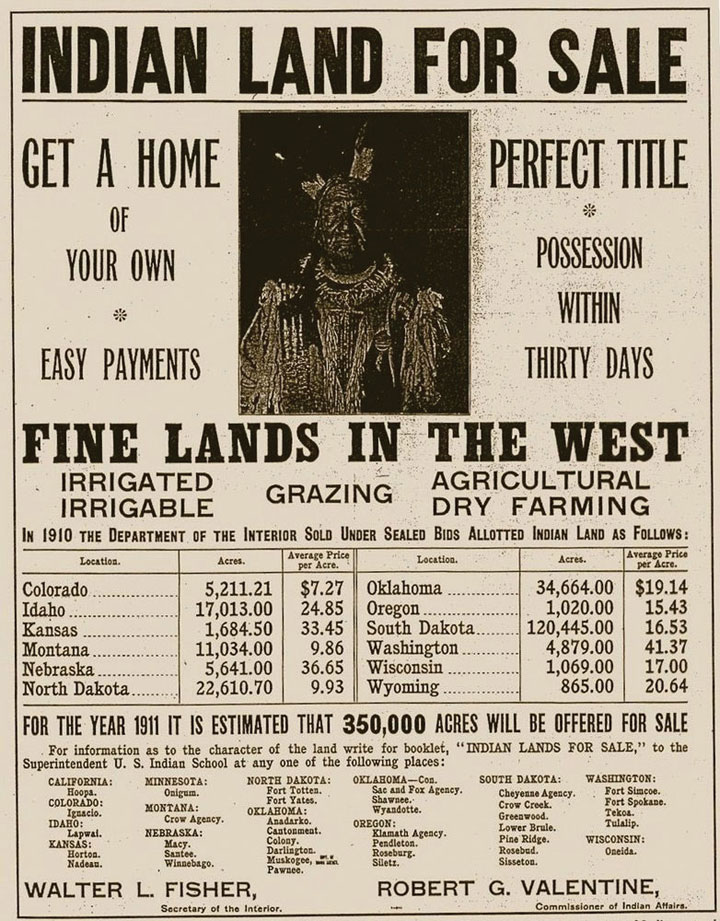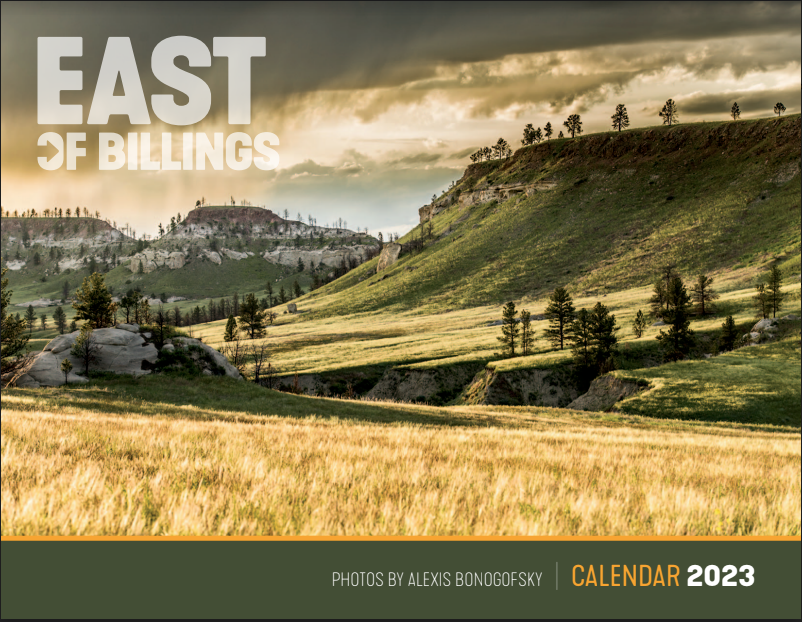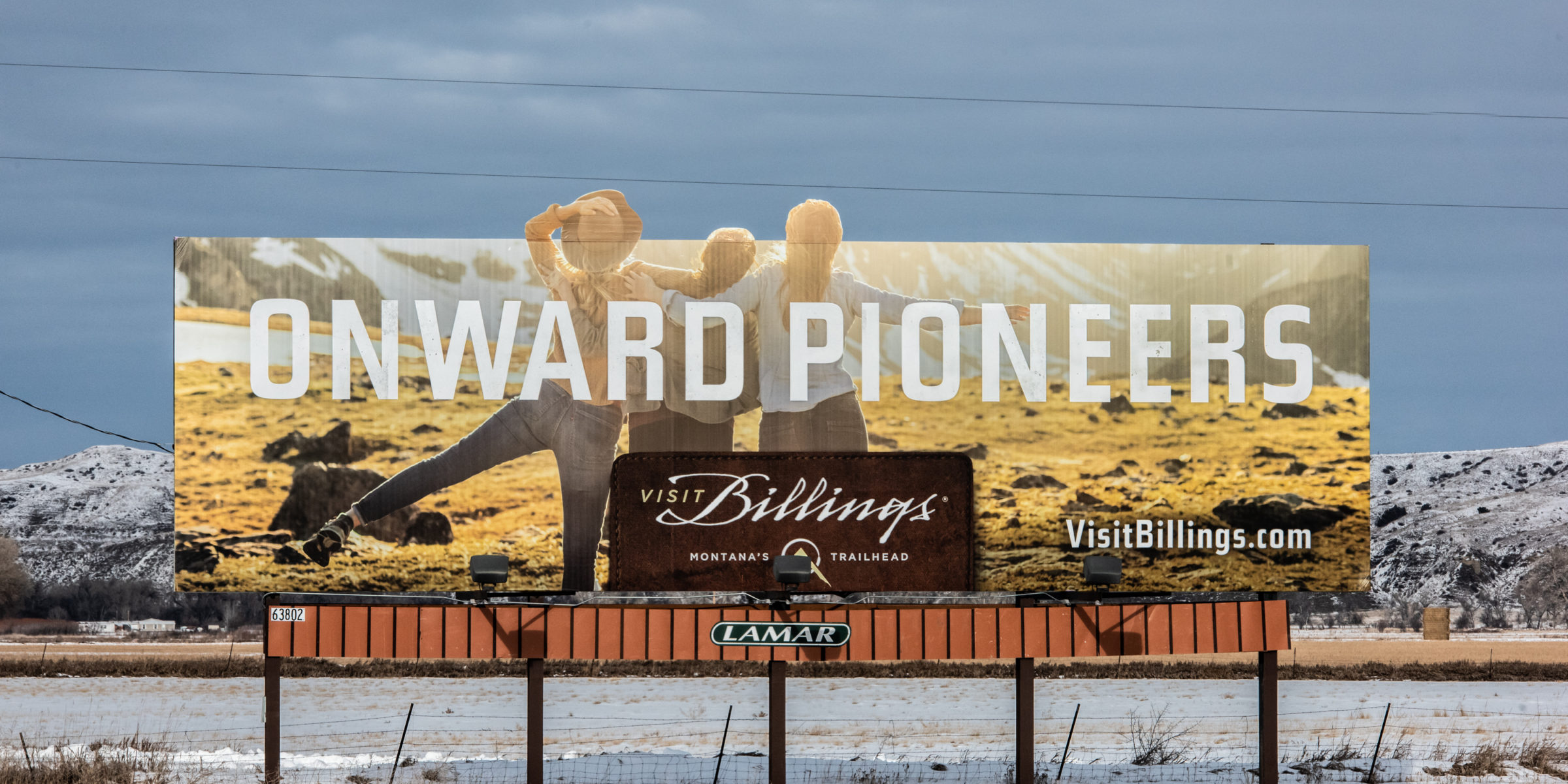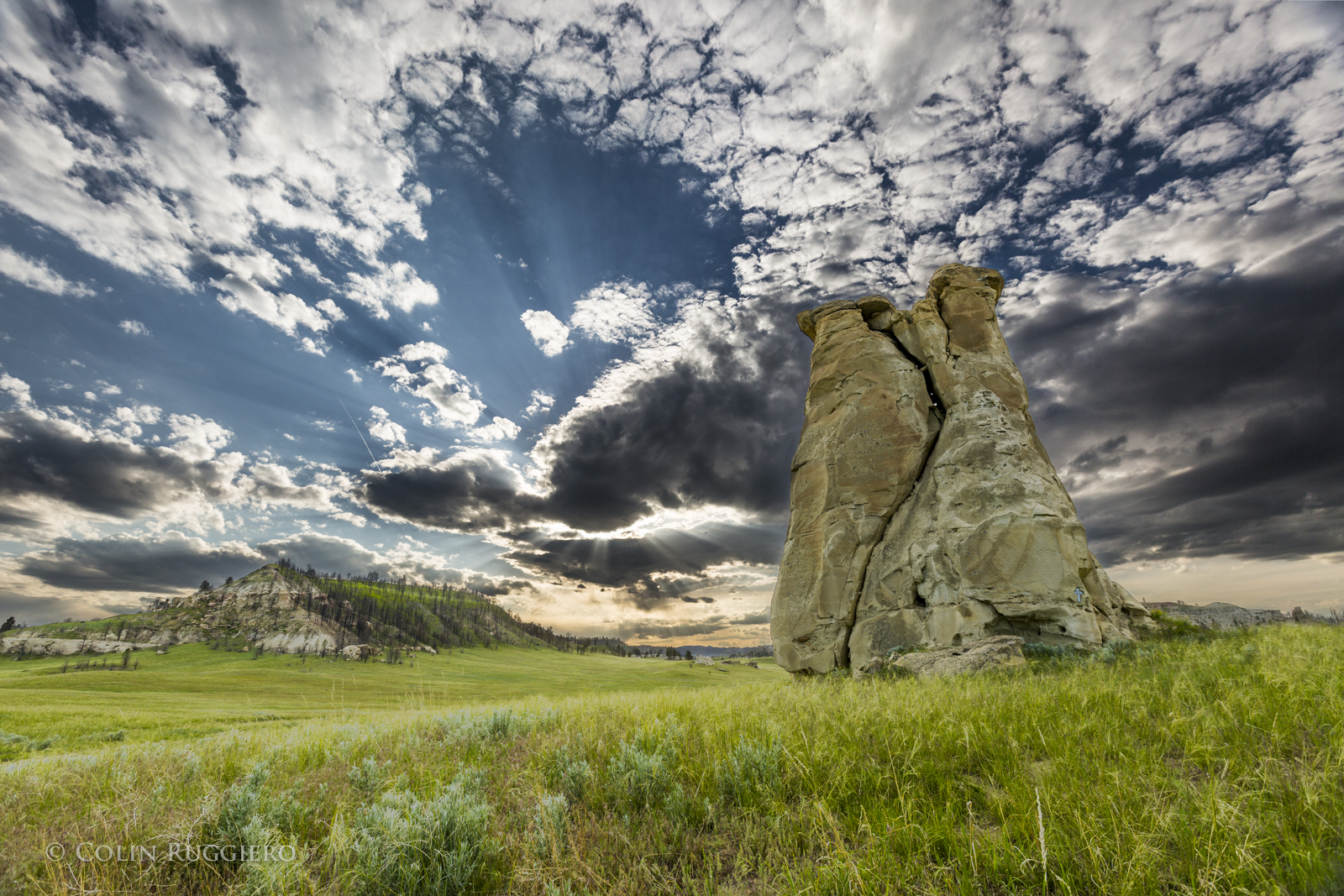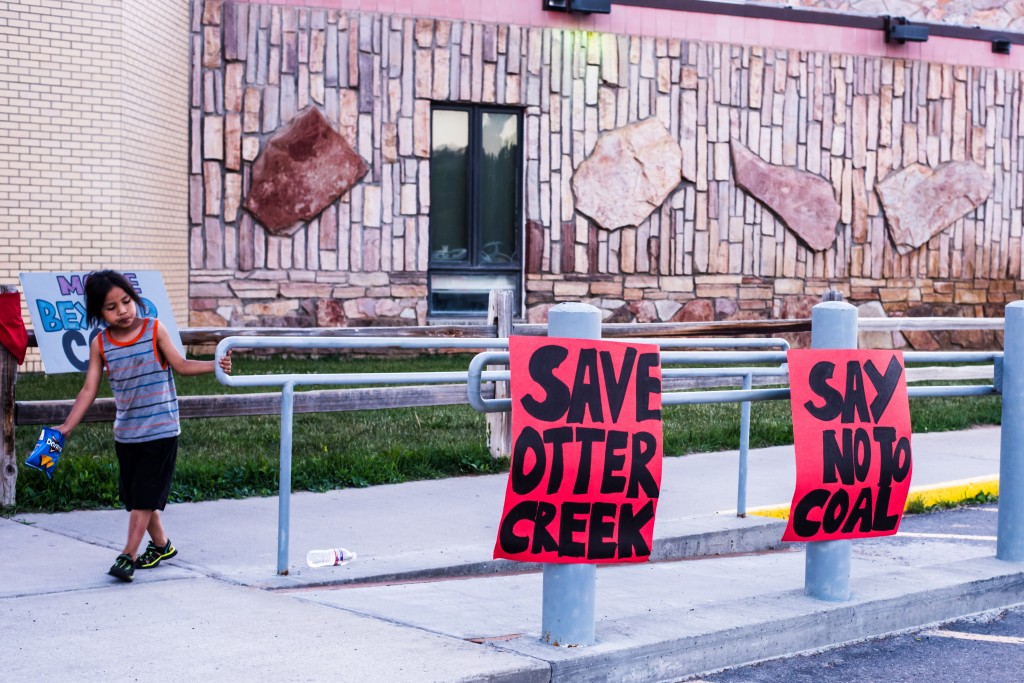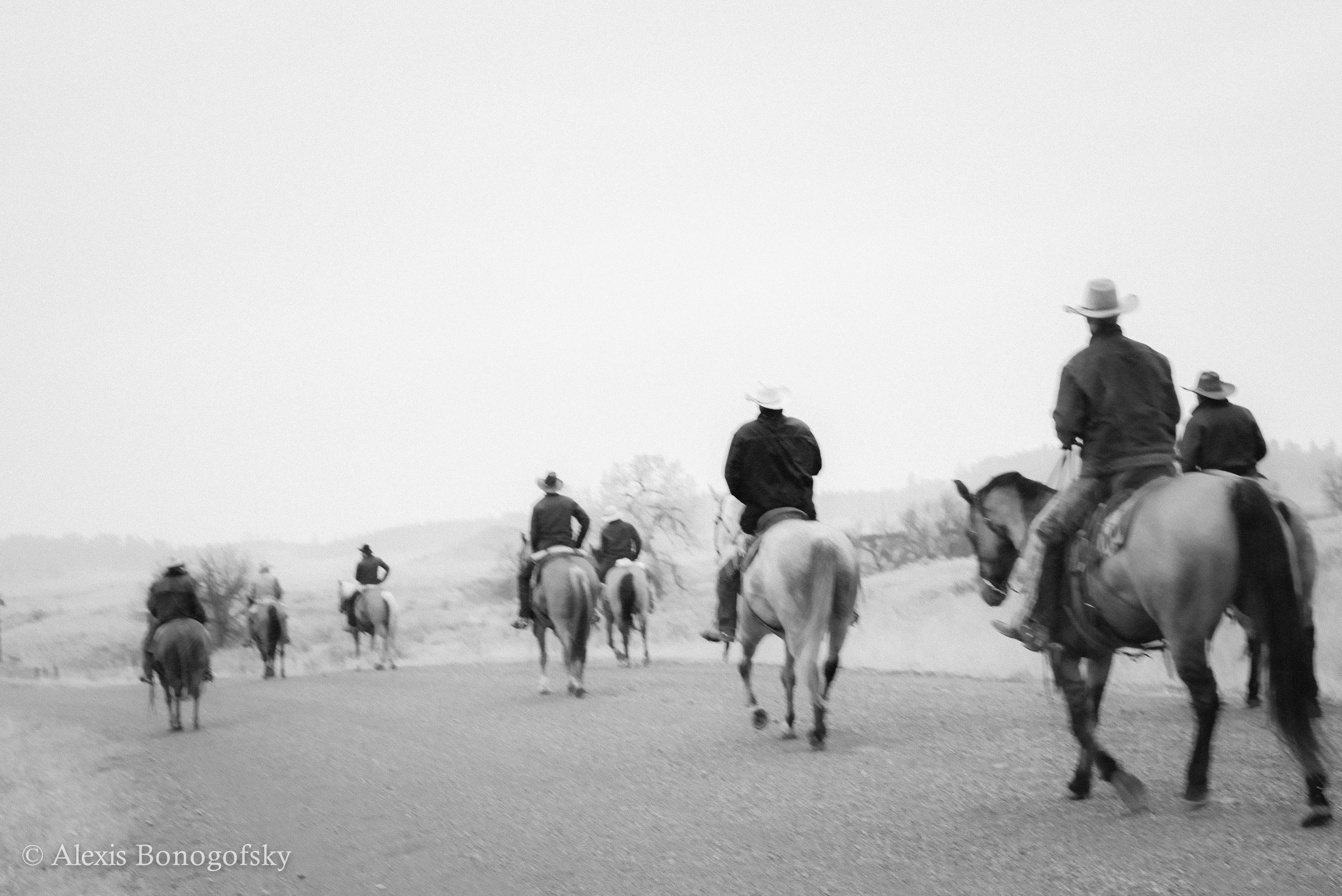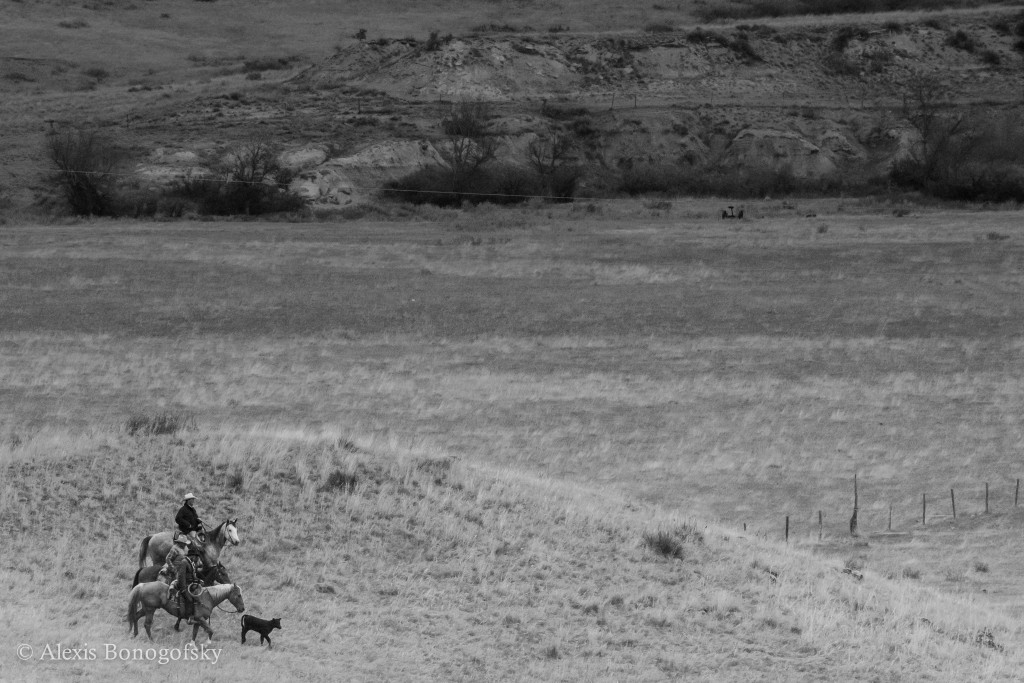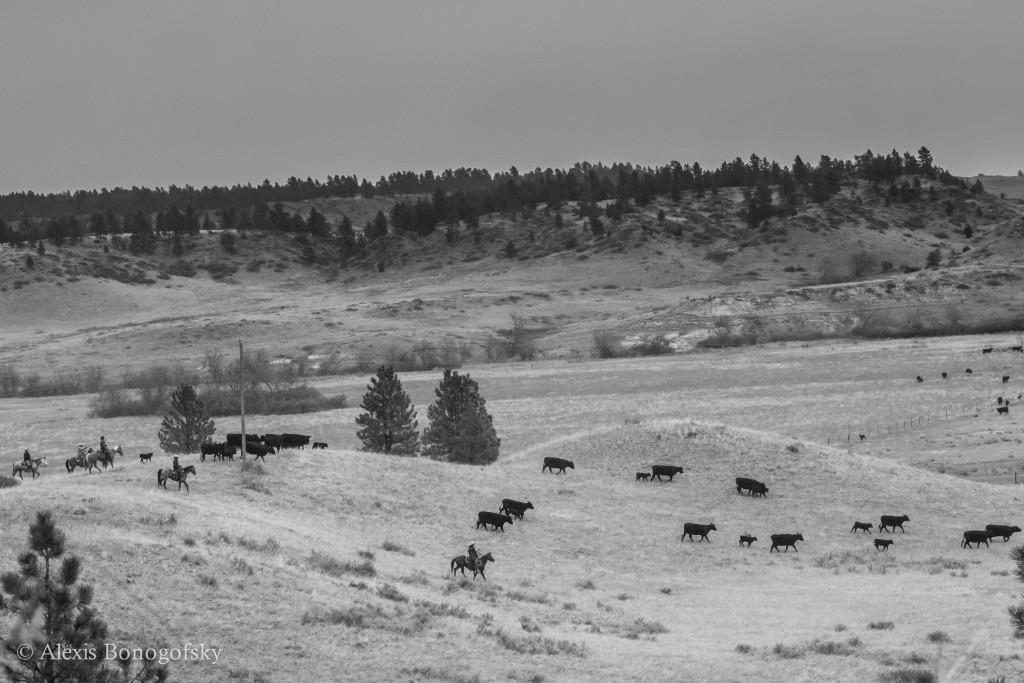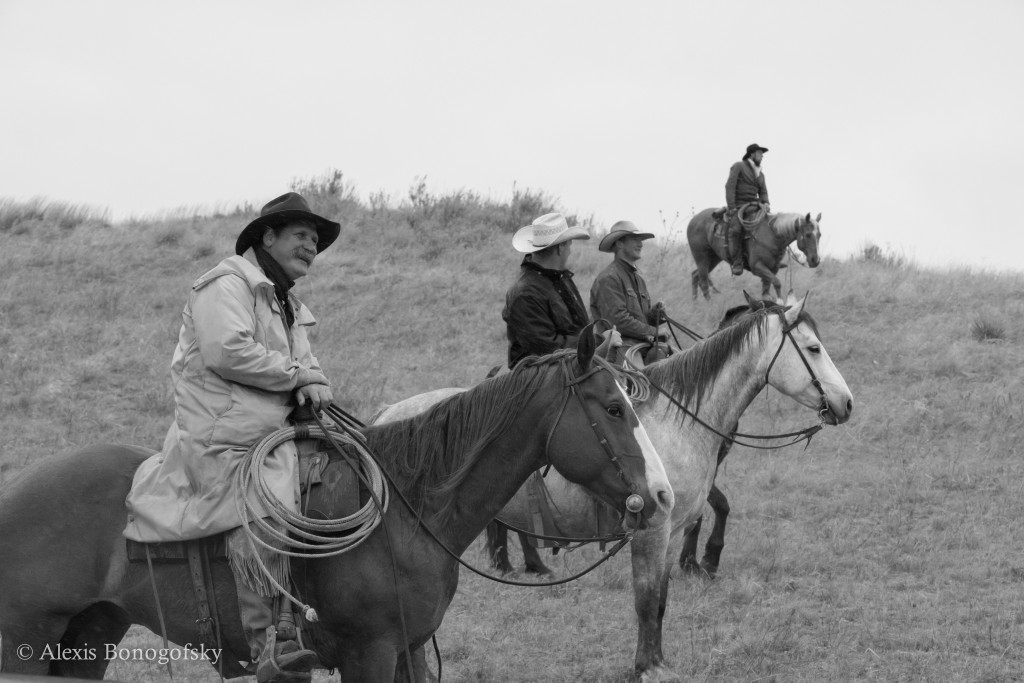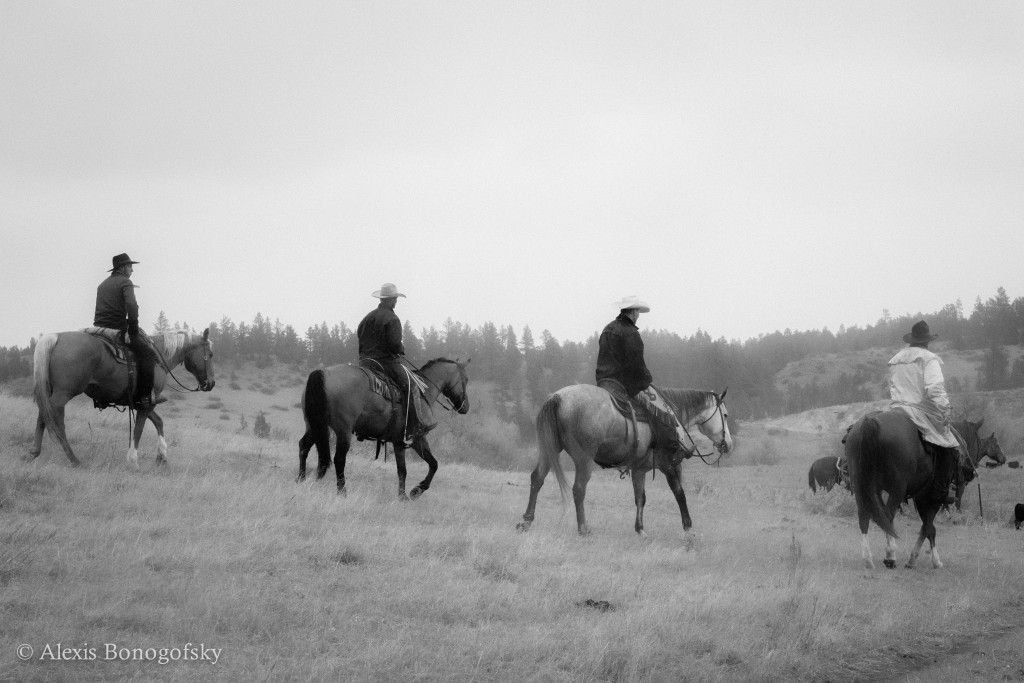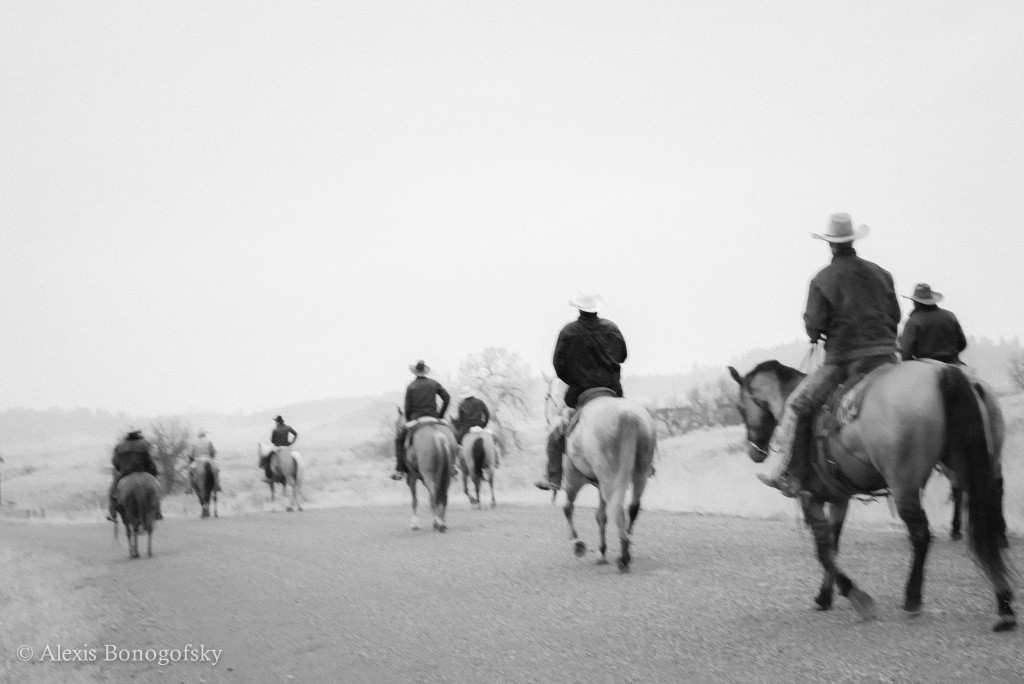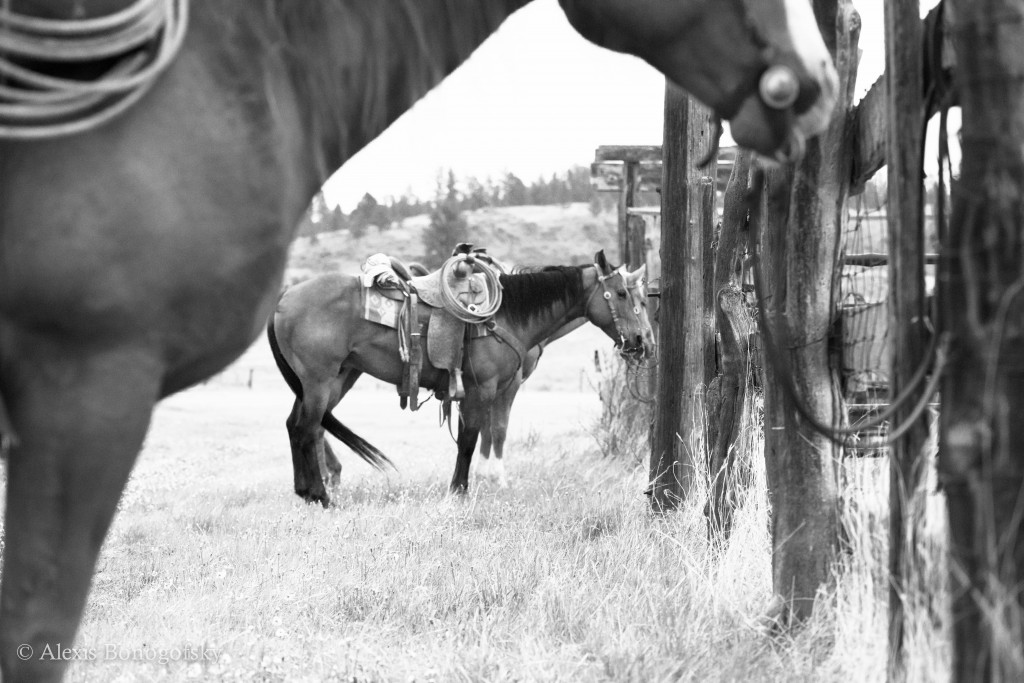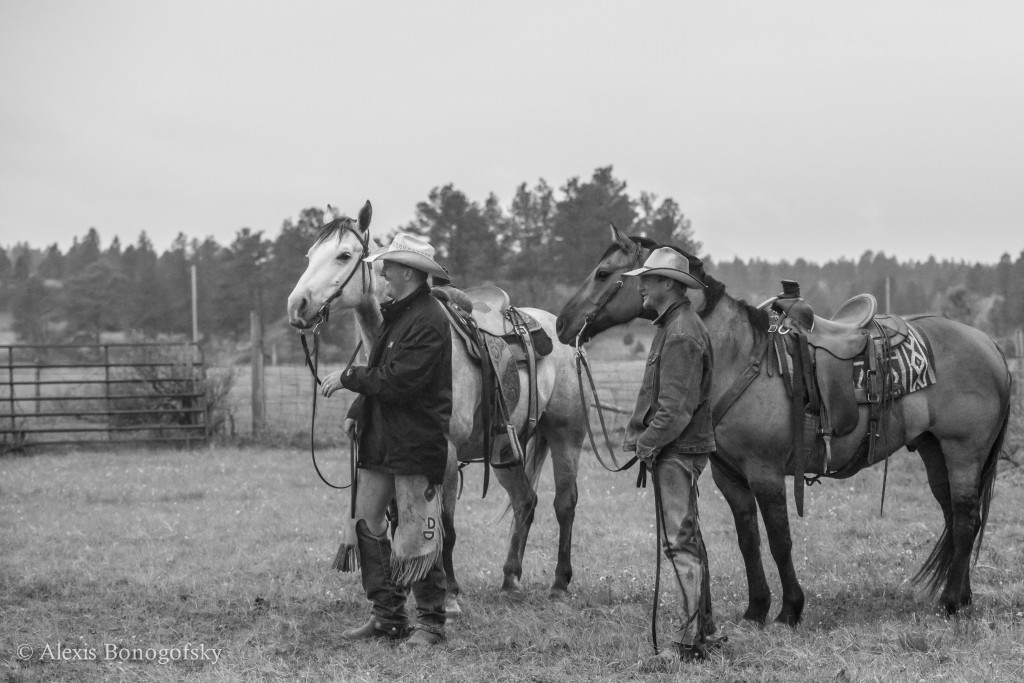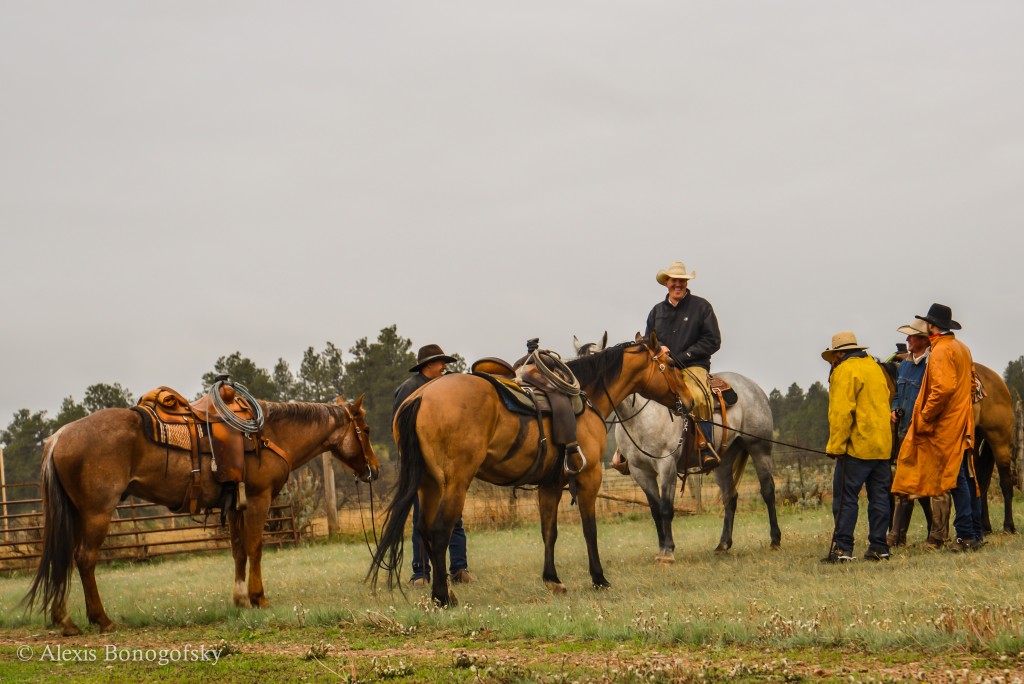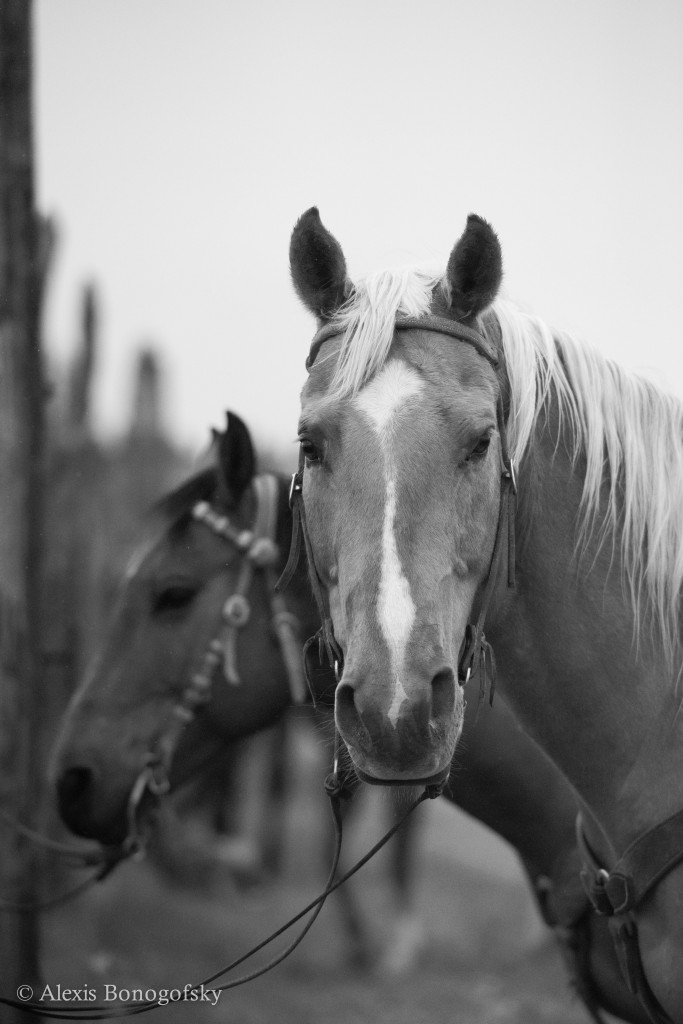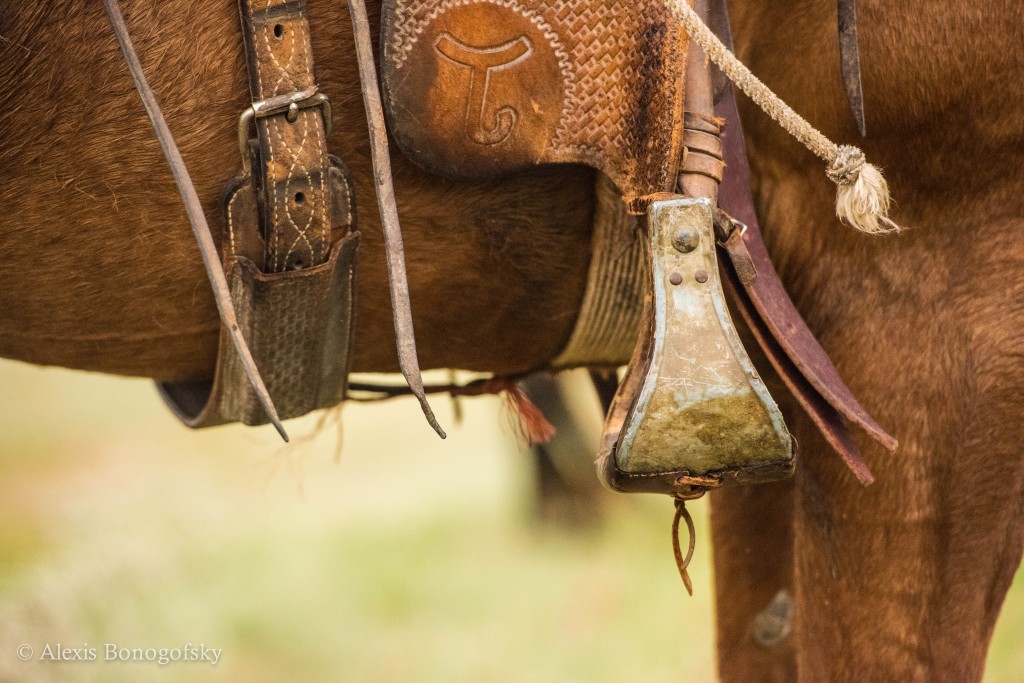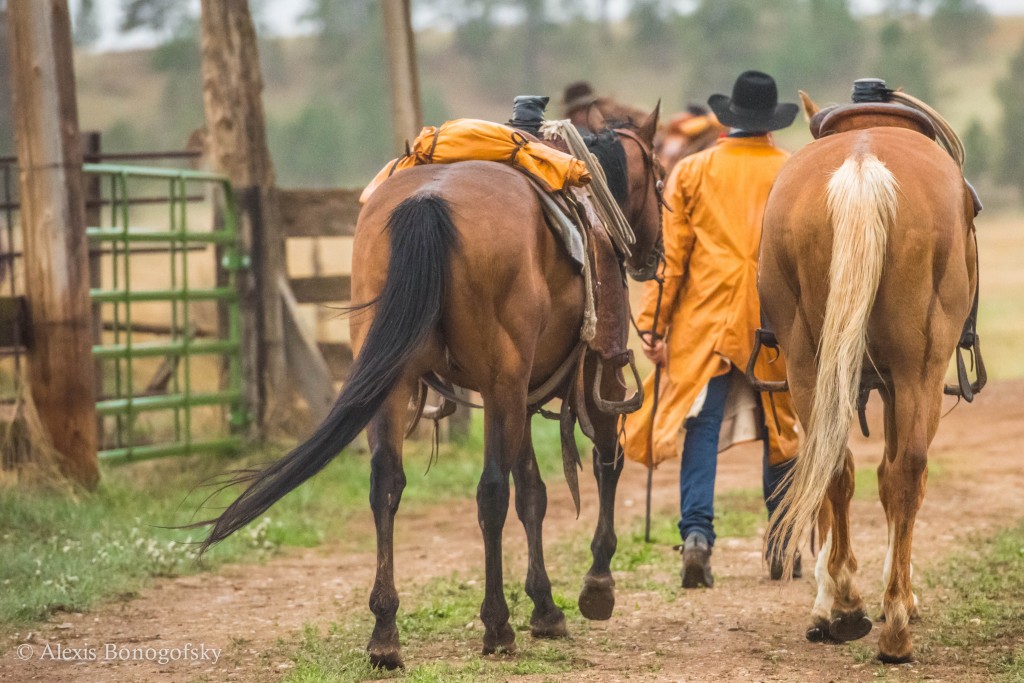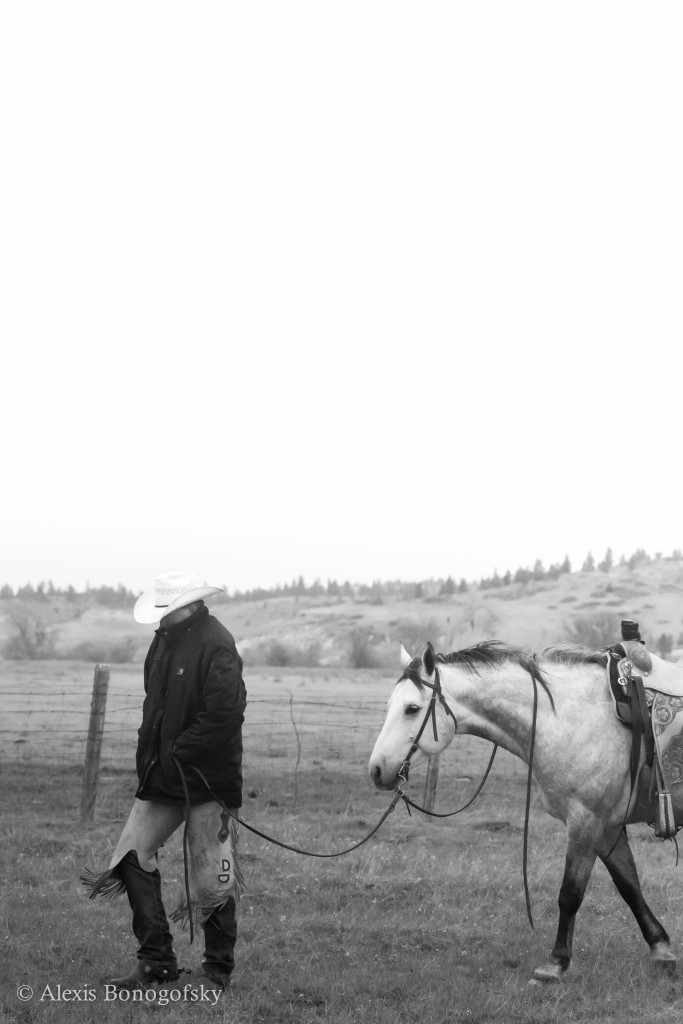On Monday representatives from the Surface Transportation Board came to Ashland, Montana to host a public meeting about the draft environmental impact statement (DEIS) for the proposed Tongue River Railroad. They call it a meeting. I call it a box they can check off when they go back to Washington D.C. The word meeting implies a coming together of people to have a discussion. They make it very clear they won’t be answering any questions from the public.
The STB and ICF staff read a pre-written script that was approved by their attorneys. They do not deviate one word. They tell us that we have three minutes to talk. As Clint McRae said in his testimony, “you’ve been hanging this over our heads for thirty years and you give me three minutes?”
The Billings Gazette did a great job of covering the hearing. Over 100 people showed up including ranchers, Northern Cheyenne tribal citizens, and members of the Amish community that live along the Tongue River. There were two security guards and a sheriff present when we walked in. A security guard from St. Labre told us that we weren’t allowed to pass out t-shirts in the parking lot of the school because it was private property. He said if I continued to do so, I would be removed. Right. Kicked out of a public meeting organized by the federal government because I was giving people t-shirts when they asked for them. I’ll save the rest of that story for another day.
The STB and ICF staff were professional. They sat in the front of the room with impassive faces as people talked about their lives, their cultures and their community. I didn’t see any emotion cross their faces. Hank Coffin read the preamble to the Montana constitution. Alaina Buffalo Spirit and Otto Braided Hair gave all of their testimony in the Northern Cheyenne language. Wally Mcrae said that even though the railroad owners weren’t in the room, they were definitely being represented, ” by people from Washington, D.C., who have no concept whatsoever of Northern Cheyenne culture, of Amish culture, of the code of the west.” Vanessa Braided Hair, when told she needed to stop speaking, said they were on are on her people’s reservation and they will listen to her. Joey Littlebird invited the STB Board to come night fishing with him and learn about the land and the people. Talk to us, he said, you’ve never sat down and talked to us.
I could give you a play by play of the meeting but you can watch it for yourself here. What is important about Monday evening isn’t what happened in the public meeting, it’s what happened after the meeting. Northern Cheyenne tribal members, Amish community members, local ranchers and town people from Ashland all sat down on pickup tailgates and ate burgers and laughed and talked together. I’m not sure I can adequately convey that moment in time. The sun was going down. The day had finally cooled off. There were mosquitos eating us alive but everyone was smiling, hugging and laughing.
It is those moments when you realize why we go to these public meetings. It isn’t because we actually think that the government is listening to us and truly cares about what we think. We do it because other people show up. We do it for our friends. We do it for our families. We do it for the people who can’t be there. We do it because the Tongue River is the lifeblood of southeastern Montana and deserves our time.
The Tongue River Railroad isn’t about coal. It is about a community of people who come from different cultures and different backgrounds that love a place and will do whatever it takes to protect it together.
We aren’t fighting a coal company. We are protecting a valley. This is why we will win.
Join us at the Tribal Building in Lame Deer on Thursday at 5:00 p.m. for another public hearing on the proposed Tongue River Railroad. I promise you won’t regret it.
Banner photo copyright Colin Ruggiero.
According to the Surface Transportation Board (STB), coal miners are going to lose their job if the proposed Otter Creek mine and Tongue River Railroad (TRR) are built. Seems counterintuitive doesn’t it? I’ll explain shortly but before I get started let’s get some things out of the way in the spirit of full disclosure.
Am I the right messenger on this? Probably not but no one else seems to want to dive into these waters so here it goes. You all know that I am personally opposed to this railroad and am critical about some of the practices of the mining industry. That being said, what I’m writing today is not my opinion about the railroad or coal mining. What you will read is taken directly from the draft environmental impact statement on the TRR released by the STB. It is extremely relevant to communities throughout the Powder River Basin because the STB is telling us that if the Otter Creek coal mine and Tongue River Railroad are built, coal mining jobs in existing coal mines will be lost.
A quick breakdown of the STB’s coal market analysis
The STB is required to analyze if the TRR is in the public interest. Part of the public interest determination is to show that there is a demand for the coal hence the 350-page Coal Production and Markets section. If you want to dig into it, by all means, proceed.
What they make extremely clear throughout the document is that, from their analysis, the coal from the proposed Otter Creek mine will displace other Powder River Basin (PRB) coal. For every ton of Otter Creek coal sold on the market, between .76 and .88 tons of other PRB coal that is in an existing mine will not be mined. In fact, the STB goes to great lengths to say that this coal would add very minimal coal to the market under all scenarios they examined.
“The cost of Tongue River coal is competitive with other Powder River Basin coal, but is not low enough to induce new demand. Thus, Tongue River coal would compete with other Powder River Basin coal for a relatively fixed demand amount.” (Appendix C, Chapter 8, Page 8)
According to the STB, a majority of the Otter Creek coal will be sold in an Upper Midwest market, not an export market. I was very surprised when I read this since it is counter to everything that Arch Coal has been saying about the future market for their coal but we’ll save that for another day. The STB argues that Otter Creek coal can’t compete with other PRB coal for export because of its low BTUs. (Appendix C, Chapter 8, page 19)
Still with me? Hang in there.
You might be thinking, if Otter Creek coal can’t compete for an export market as the STB says, how would Otter Creek coal have a domestic advantage? Their answer is Otter Creek coal will be cheaper to produce because of lower strip ratios and will be closer to the domestic market than other PRB mines.
The STB’s conclusion in ALL of their scenarios is this.
“From 2018 to 2037, across all cases, on average, every ton of Tongue River coal produced would displace 0.76 ton of other Powder River Basin coal.”
Who is going to lose their job?
We know that lower BTU coal is more attractive to plants that are mine-mouth or are relatively close to the mine site. Otherwise, unless there are extenuating circumstances, it doesn’t make financial sense to ship low BTU coal long distances because you have to ship more of it. We also know that rail costs will just keep going up. Also, Otter Creek coal is high sodium coal which tends to glaze the inside of the boilers and reduce efficiency.
Rosebud Mine, owned by Western Energy is the mine that feeds the Colstrip power plant, a mine-mouth plant. The Rosebud Mine currently has a higher strip ratio than other mines in the PRB and associated higher production costs. Since the mine is adjacent to the power plant the delivered cost of coal is generally less than if coal was purchased and delivered by railroad from other PRB mines. Otter Creek coal has similar BTU content as the coal from the Rosebud Mine and will have lower strip ratios.
The Tongue River Railroad’s “Preferred Alternative” is to take Otter Creek coal 42-miles north from the Otter Creek valley to Colstrip. PPL has said that they won’t burn Otter Creek coal but as most of you know PPL is jumping ship and spinning off to a newly formed company called Talen Energy which will officially happen on June 2. Will the people over at Talen Energy maintain PPL’s promise not to burn Otter Creek coal? I’m not sure but one of the contracts that Western Energy has with the operator of Colstrip ends in 2019. Arch Coal would like to have the Otter Creek mine up and running in 2019. And if you didn’t know, Arch Coal is not a union friendly mining company.
I don’t think that the miners at Rosebud Mine are the only ones in danger of losing their jobs. I’m not even sure that Colstrip could burn high sodium coal like the coal from Otter Creek but it probably could with some modifications or by blending it with Rosebud coal. Job loss could also happen at older mines with higher strip ratios all over the PRB. The STB never talks about this in their draft EIS.
Which coal miners are going to lose their job if the Tongue River Railroad and Otter Creek mine are built? We don’t know for sure but it might be a good question to ask the STB when they come visit us in June.
What we do know for sure is you can’t displace coal with out displacing people.
Public Hearing Times and Locations
- June 8, 2015, 2:00-4:00 pm and 6:00-8:00 pm at St. Labre Indian School, 1000 Tongue River Road, Ashland, MT
- June 9, 2015, 2:00-4:00 pm and 6:00-8:00 pm at Miles Community College, Room 316, 2715 Dickinson Street, Miles City, MT
- June 10, 2015, 2:00-4:00 pm and 6:00-8:00 pm at Colstrip High School, 5000 Pinebutte Drive, Colstrip, MT
- June 11, 2015, 2:00-4:00 pm and 6:00-8:00 pm at the Northern Cheyenne Tribal Building, Council Chambers, 600 South Cheyenne Ave, Lame Deer, MT
- June 12, 2015, 2:00-4:00 pm and 6:00-8:00 pm at Forsyth High School, 917 Park Street, Forsyth, MT
Written comments may be mailed to the following address:
Ken Blodgett
Surface Transportation Board
395 E Street, S.W.
Washington, DC 20423
ATTN: Office of Environmental Analysis
Docket No. 30186
Comments may also be submitted electronically by clicking here.
The State of Montana should request an extension on the public comment period for the Tongue River Railroad
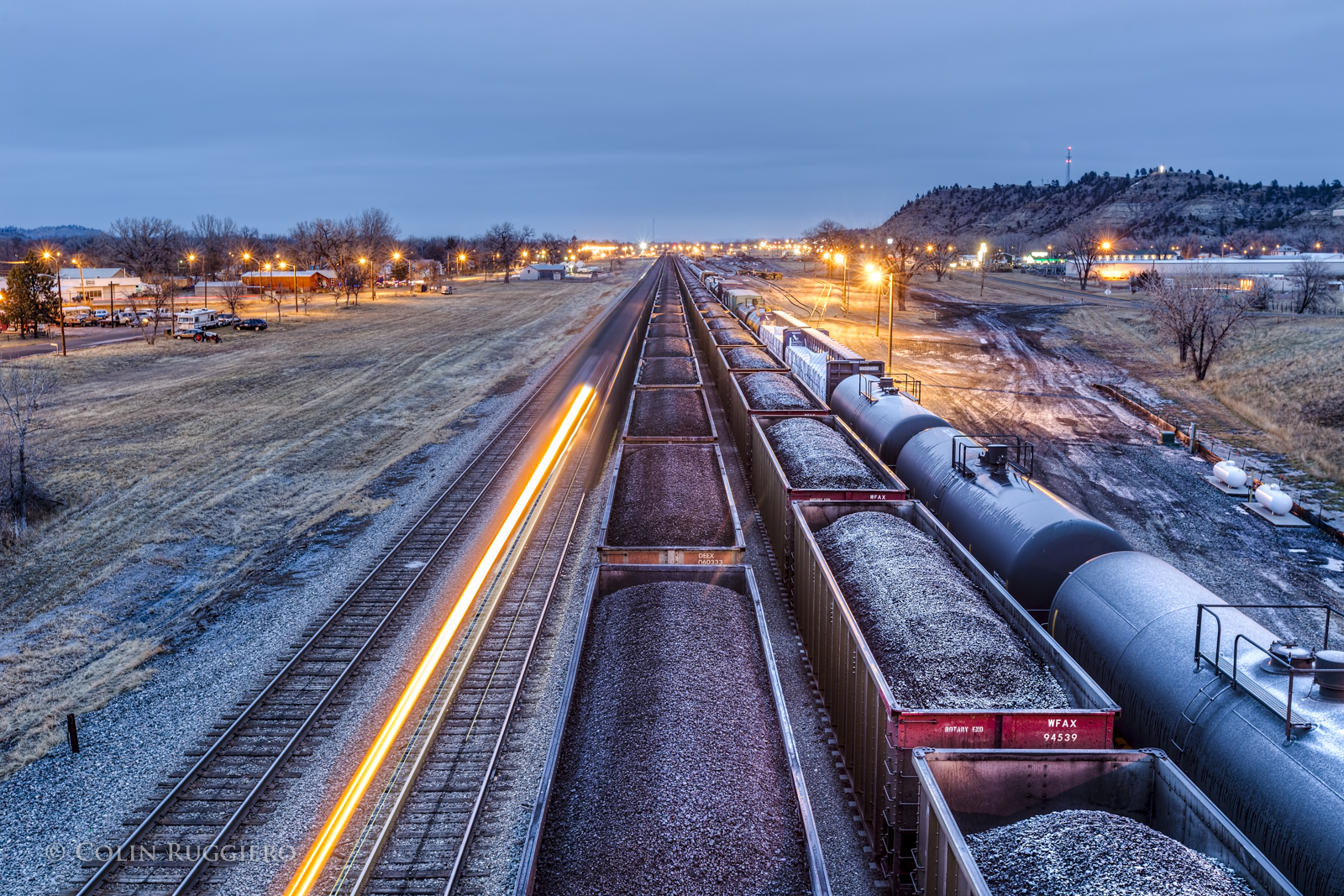
The Surface Transportation Board (STB) released the draft environmental impact statement (DEIS) for the proposed Tongue River Railroad on April 27, 2015 and gave the public 60-days to comment. The document in printed form weighs over 20 pounds and presents 11 different alternative routes.
Commenting on an environmental impact statement is tricky stuff. In order to get an actual response to your comment you have to submit a “substantive” comment. A substantive comment, as defined by the National Environmental Policy Act (NEPA), is a comment that suggests the analysis done by the agency is flawed in some specific way.
Generally they challenge the accuracy of information presented, challenge the adequacy, methodology or assumptions of the environmental or social analysis (with supporting rationale), present new information relevant to the analysis, or present reasonable alternatives (including mitigation) other than those presented in the document. Such substantive comments may lead to changes or revisions in the analysis or in one or more of the alternatives. (BLM NEPA)
The agency is not required to respond to a comment they deem not substantive. For example, “I don’t want you to build the Tongue River Railroad because it is not in the interest of future generations,” will be ignored.
The STB hired a third party contractor, ICF International, to complete the EIS. As far as I can tell, around 42 ICF employees spent 2 1/2 years on the DEIS. You, as an interested and impacted member of the public who probably has a job and a family and a life, get 60 days to read 3,000 pages, work through extremely complicated air quality, water quality, climate change and economic modeling data and analysis and then write substantive comments. If you want to be taken seriously by the government you have to spend a significant amount of time on your comments.
It’s here. On April 17, 2015 the Surface Transportation Board (STB) released the draft environmental impact statement (DEIS) for the proposed Tongue River Railroad (TRR) and I am just getting around to writing about it. I was prompted by a reader who commented on my last TRR blog, “why haven’t you written about this yet!!!” The answer is that I am trying to read and take notes and check references on thousands of pages of the DEIS (weighs about 20lbs) so I can write substantive comments in the short 60-day time frame the public has to respond to the behemoth. Yeah, that’s right folks. They can take years to produce the document and we get 60 days to respond to it. Please take a moment and send an email to Ken Blodgett (blodgettk@stb.dot.gov) at the STB and ask him to extend the public comment period.
The TRR DEIS is a document written by people who have spent zero to a couple weeks in southeastern Montana and their conclusions reflect that. I don’t think I’m overstating anything when I say that this is most poorly compiled EIS I have ever read.
Where do I begin?
The document is full of statements bordering on psychopathic in their attempt to make sure there aren’t any words used that would inspire emotions. For example, instead of using the word “people,” sometimes they use the word “viewer.” I could write a book on their use of Orwellian language in the document.
